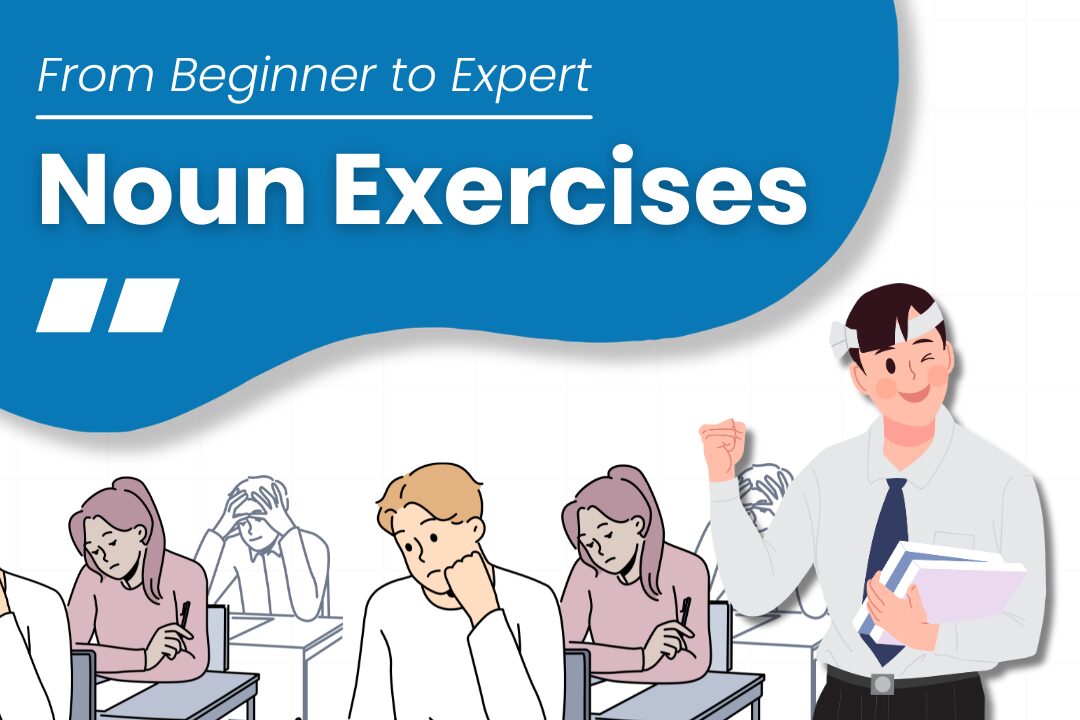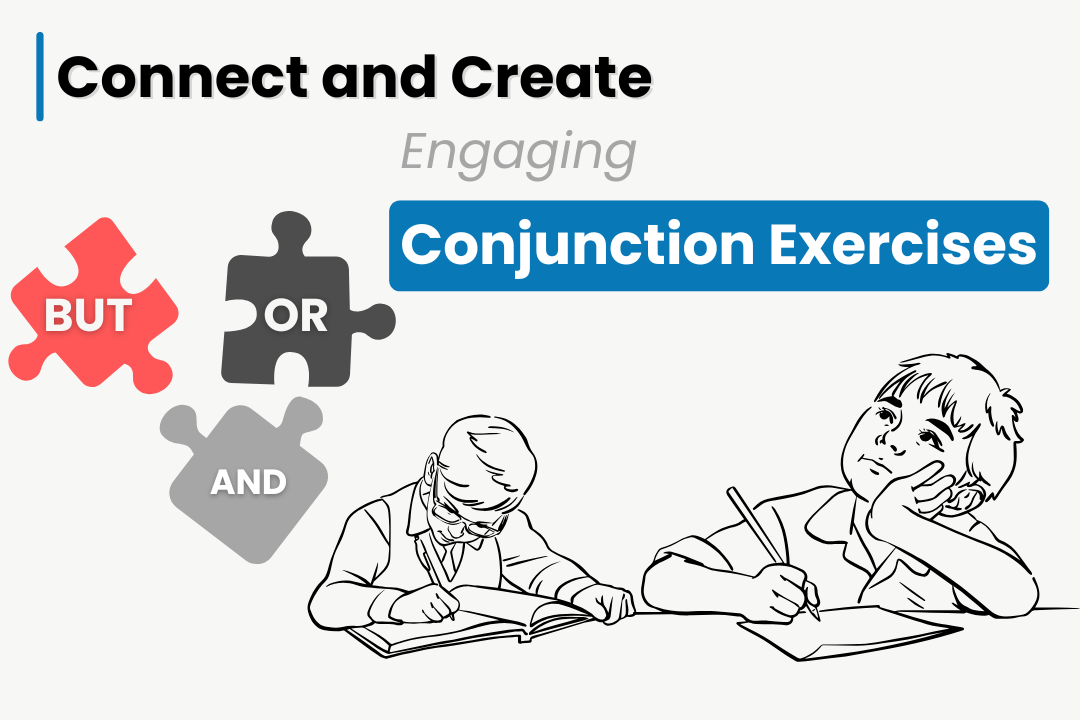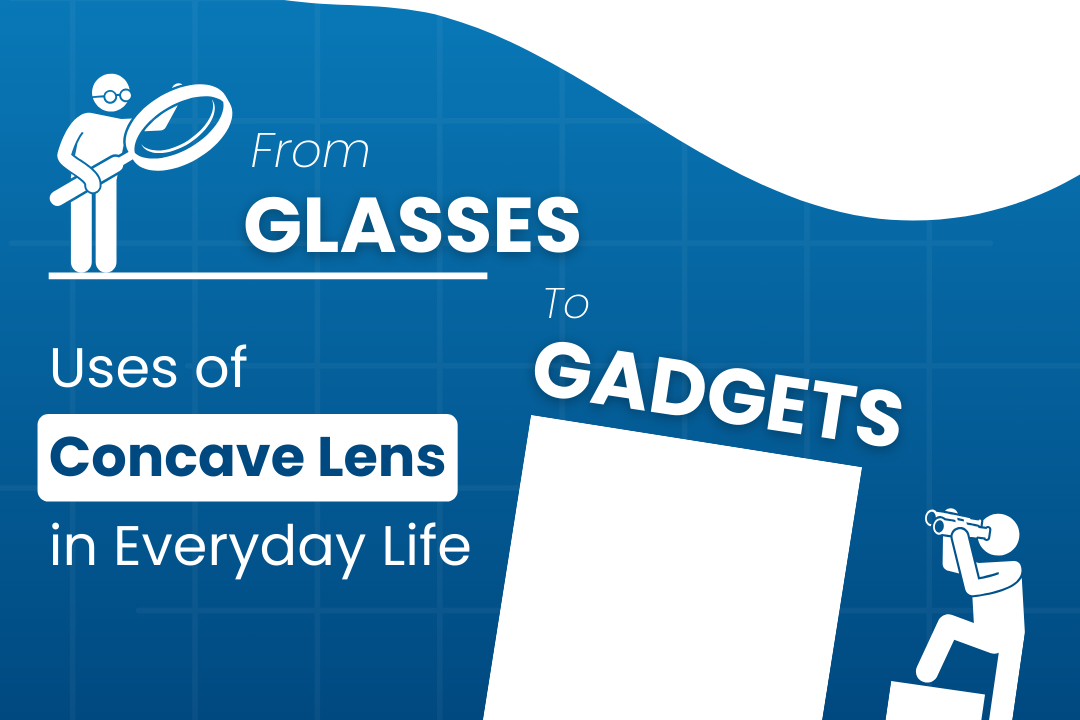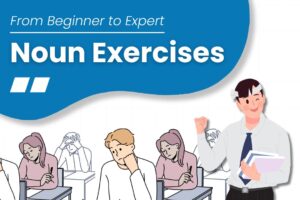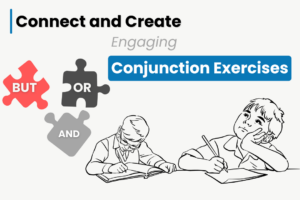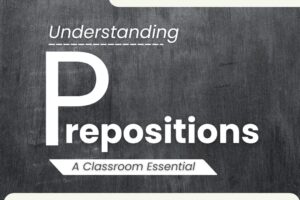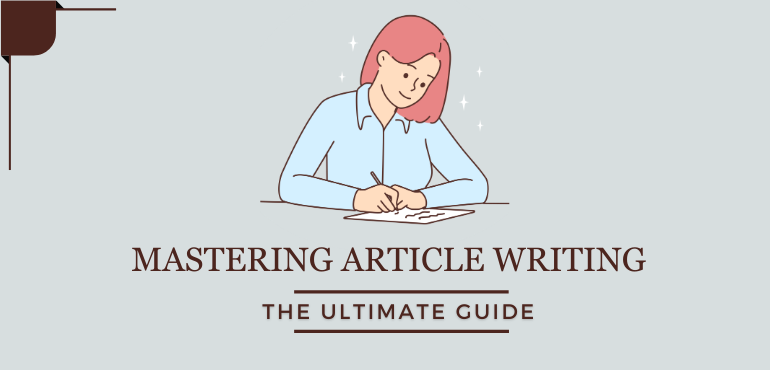
In the field of writing, articles hold a special place. Mastering article writing is an important skill that can make you a professional writer. It is just like a letter writing to your class teacher or a letter writing to a friend. It can help you establish respectful and effective communication. Let us explore the important things to know about article writing for CBSE board 10th-standard students, including the purpose, structure, and essential elements of an article.
What is an Article?
A written content that presents information, ideas, opinions, or arguments about any specific topic is known as an Article, distinct from notice writing. It can be informative, persuasive, or even entertaining. Articles have many purposes, from educating to prompting anything to your readers, unlike the concise and informative nature of notice writing. The creativity of articles makes them a valuable medium for communication and expression, allowing writers to delve deeply into their topics, unlike the straightforward and precise nature of notice and the structured format for report writing.
What is the Purpose of an Article?
Articles serve multiple purposes. They can:
- Inform: Articles provide information on a specific subject, offering readers an opportunity to gain knowledge on the topic.
- Persuade: Some articles are meant to persuade readers to agree with the author’s point of view or take a particular action.
- Entertain: Articles can also be entertaining, offering a delightful reading experience by sharing stories, anecdotes, or humour.
- Express: Authors use articles to voice their opinions and viewpoints on subjects that matter to them.
- Awareness: Articles can be written to spread awareness about social, environmental, or any other problems.
The purpose of your article will determine the tone, style, and content that you need to employ.
What is the Structure of an Article?
Now that you understand what an article is and its potential purposes, let’s explore its typical structure. A well-structured article generally consists of three main components: the introduction, body paragraphs, and conclusion.
How to Write a Strong Introduction for Your Article Class 10
The introduction of your article plays a pivotal role in grabbing the reader’s attention. A strong introduction should:
- Start with a Hook: Start with a captivating hook, such as a question, quote, anecdote, or a surprising fact. This will intrigue your readers and encourage them to continue reading.
- Give Background: Offer a brief overview of the topic to set the context for your readers. This helps them understand the relevance of your article.
- Give Statements: Clearly state your main idea. This tells the reader what to expect in the article and what your central argument is.
- Provide Structure: Briefly outline the main points you’ll cover in the article. This helps the reader anticipate the flow of your content.
How to Write a Body Paragraph for Your Article Class 10
The body paragraphs are the heart of your article, where you elaborate on your main points, provide evidence, and build your argument. Here’s how to structure an effective body paragraph:
- Topic: Begin each paragraph with a topic sentence that introduces the main idea of that paragraph.
- Details: Provide supporting details, examples, or evidence that strengthen your argument or convey your message.
- Transition Sentences: Use transition sentences to ensure a smooth flow between paragraphs and ideas. This helps the reader follow your train of thought.
- Stay on Topic: Keep each paragraph focused on a single point. This makes your article organized and easy to follow.
- Conclusion: Wrap up each paragraph with a concluding sentence that summarizes the key point and connects it to your thesis.
How to Write a Conclusion for Your Article Class 10
The conclusion is where you wrap up your article and leave a lasting impression. To write an effective conclusion:
- Summarize: Recap the key points you’ve made in the body of your article.
- Reiterate: Restate your thesis or main argument to remind the reader of your central message.
- End Nicely: End with a nice statement or a call to action.
- Avoid New Information: The conclusion is not the place to introduce new ideas or information. Stick to what you’ve already discussed.
Do’s and Don’ts in Article Writing
Do’s:
- Research: Do proper research on the topic before writing.
- Revise: Proofread and edit your article to avoid grammatical errors and other mistakes.
- Sentence Structure: Vary your sentence structure to make your writing more engaging. Use a mix of short and long sentences.
- Be Concise: Write clearly and concisely. Avoid unnecessary jargon or overly complex language.
Don’ts
- Plagiarize: Never copy content from other sources without proper information.
- Rambling: Avoid going off-topic or including irrelevant information. Stick to the main theme of your article.
- Excessive Opinions: It is important to express your opinions but avoid excessive opinions.
- Neglect Proofreading: Skipping the proofreading can lead to error writing.
Conclusion
Article writing is a valuable skill for Class 10 students, offering a platform to express thoughts, opinions, and knowledge on a variety of subjects. Remember the importance of a strong introduction, well-structured body paragraphs, and a memorable conclusion. Pick up your pen and start crafting your masterpiece.

